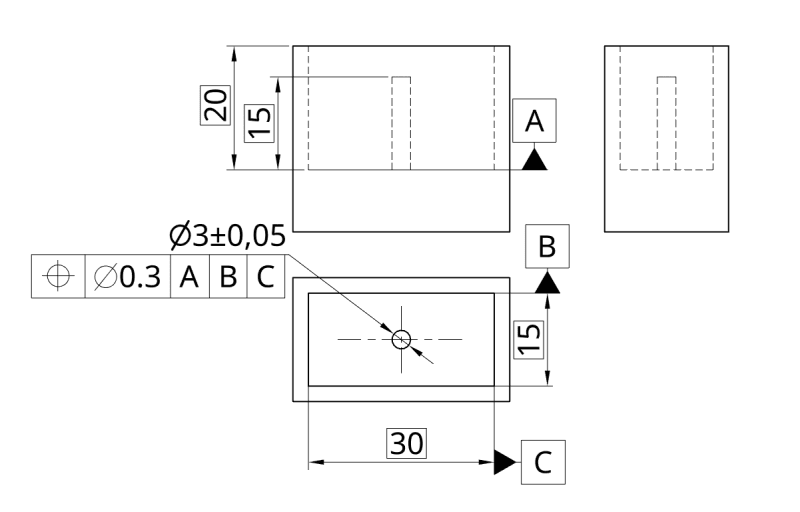cr7
Automotive
- Dec 21, 2019
- 65
Hi,
similar is probably answered somewhere, but can't find it.
Working with ISO, is it possible to control true position (derived median line) of a square pin with only 1 characteristic like it's done with round pin?
Or, the only way is to tolerate it in each side?


similar is probably answered somewhere, but can't find it.
Working with ISO, is it possible to control true position (derived median line) of a square pin with only 1 characteristic like it's done with round pin?
Or, the only way is to tolerate it in each side?




